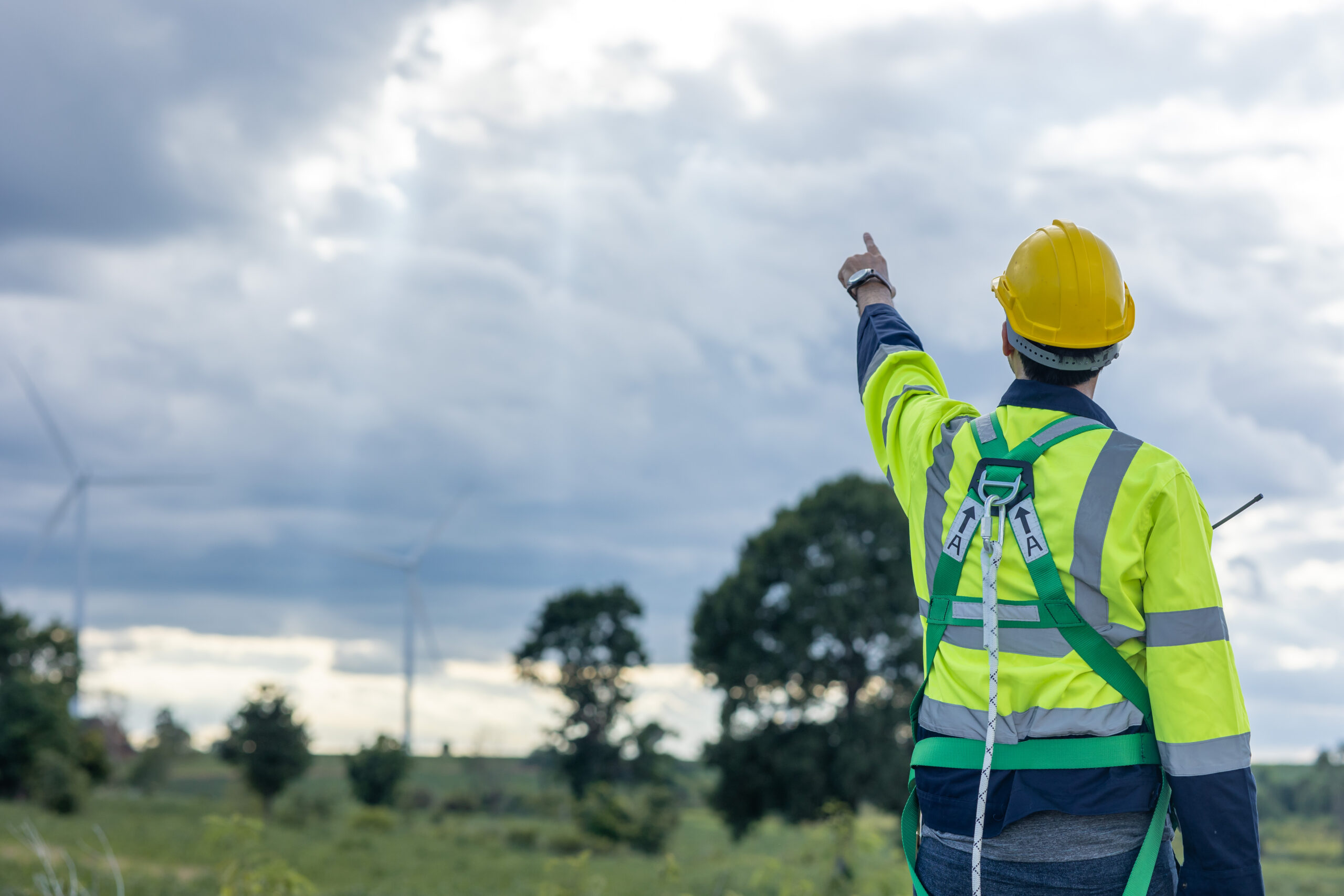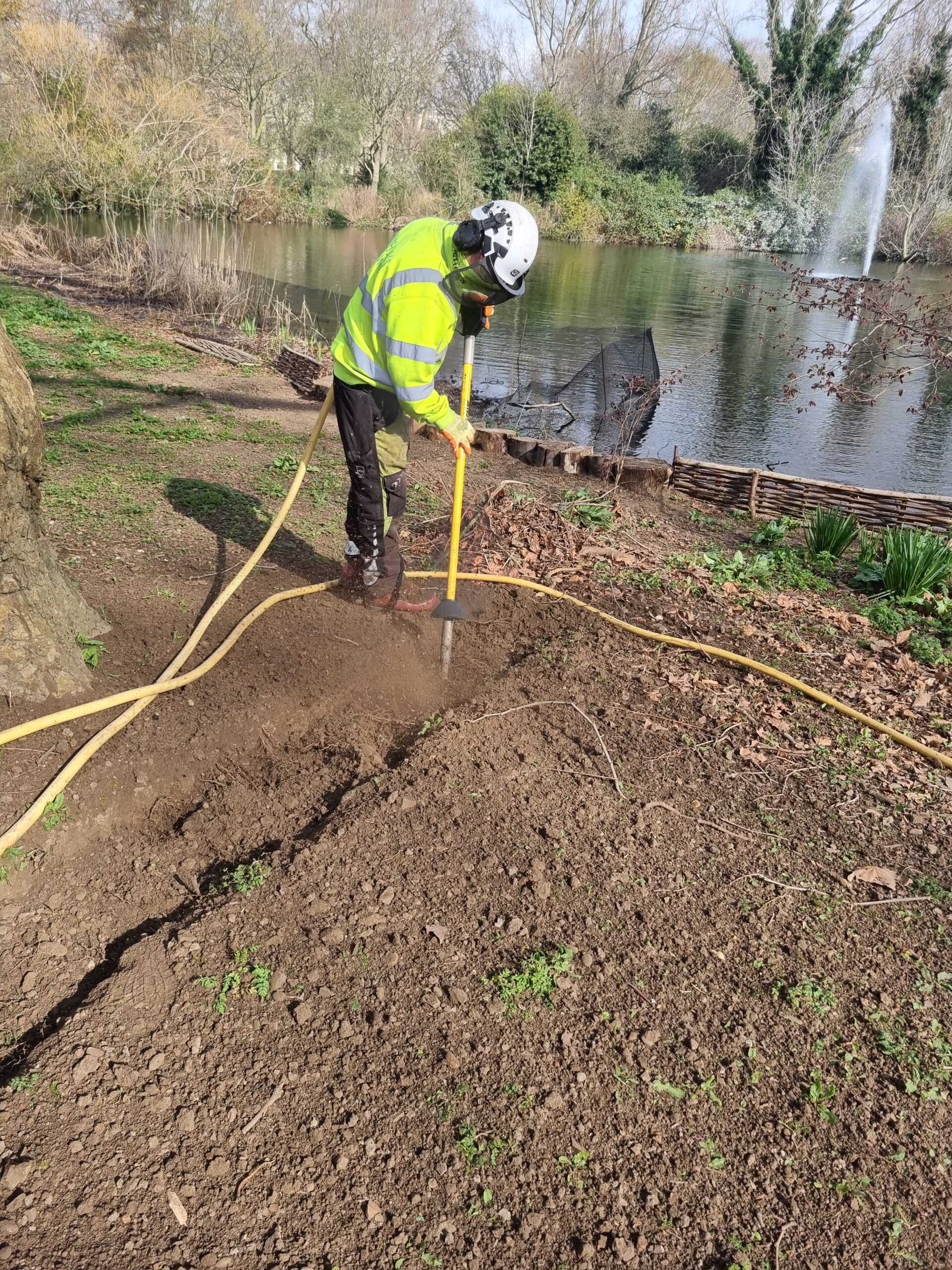Before breaking ground on any new project, it’s important to know what trees are already on the site and how they might be affected. A pre-construction tree assessment helps you figure that out early, so you can plan around protected or valuable trees and avoid fines or delays later. It’s not just about saving trees, it’s also about meeting local rules and keeping your project on track. Whether you’re building a home, an office, or anything in between, understanding what’s growing on your land is a smart first step that can save time, money, and hassle down the road.
Understanding the Importance of Tree Assessments Before Construction
Before any digging or building starts, it’s important to look at what trees already exist on the site. A pre-construction tree assessment helps figure out which trees can stay and which ones might need to be removed. This isn’t just about saving trees, it’s also about meeting city rules and avoiding problems down the line.
Some trees may be unsafe due to disease or damage. Others may have roots that stretch far and wide, possibly affecting nearby structures later on. By checking these things early, developers can plan around them instead of dealing with issues once construction begins. It also gives crews a chance to avoid harming healthy root systems during excavation or grading.
Local governments often have rules about removing certain types of trees. Skipping an assessment could lead to fines or delays if protected species are cut down by mistake. A proper review ensures all actions follow current laws and avoids conflict with environmental guidelines.
Keeping some greenery on-site can also help with drainage, shade, and soil stability. Trees play a role in managing stormwater runoff and keeping temperatures lower around buildings. When builders know which ones offer those benefits, they can make better choices in their designs.
This process doesn’t just protect nature, it helps projects run smoother too. Construction teams get clear information upfront so they don’t hit surprises halfway through a job. Property owners stay informed and avoid extra costs from last-minute changes or penalties for non-compliance.
Planning ahead this way supports smarter site development while staying within legal limits. It gives everyone involved, builders, planners, inspectors, a shared view of what’s possible before shovels hit the ground.

What is a Pre-construction Tree Assessment?
A Pre-construction assessment checks the trees on a property before any building starts. It looks at where each tree stands, what kind of tree it is, and how healthy it seems. This process helps builders and planners make smart choices early on.
Before digging or moving soil, it’s important to know which trees need protection. Some trees may be rare or belong to protected species. Others might be too close to planned structures or roads. The assessment points out which ones should stay and which ones can be removed if needed.
This check is not only about keeping trees safe; it also helps with approvals from local councils. Many areas have rules about saving certain types of vegetation. Skipping this step can delay projects or lead to fines. By doing the review first, developers avoid these problems.
The person doing the assessment usually has training in arboriculture or environmental science. They walk through the site, take notes, and sometimes use tools to measure trunk size or look at root conditions underground. The results go into a report that guides planning decisions.
That report might include suggestions like placing fences around roots during construction or shifting building lines slightly away from large trunks. These steps reduce harm while keeping the project on track.
Sometimes this review also highlights hazards, like dead limbs that might fall, or signs of disease that could spread across the site later on if left unchecked.
By understanding what’s already growing there, teams can plan better layouts for homes, roads, driveways, or other features without causing extra damage to plants that matter both legally and environmentally.
Doing a Pre-construction tree assessment early keeps things organised from day one while helping meet local requirements for land care and development approval processes.
Legal Compliance and Environmental Regulations
Cities and towns often have rules about trees on construction sites. These rules help protect local plants and keep the area in balance. Before starting a project, builders need to check if any trees on-site fall under protection laws. A pre-construction tree assessment helps with that step.
Most building permits now ask for a report on existing trees. The city wants to know which ones will stay, which might be moved, and which could be removed. Skipping this requirement can lead to fines or delays. Some areas even stop projects that ignore these steps.
Local governments use these reviews to support long-term planning goals. They want to keep green spaces where people live and build around them when possible. This supports clean air, stormwater control, and lower heat levels in cities.
Different places follow different codes. One city may focus on native species while another may care more about tree size or age. That’s why checking the local rulebook is key before breaking ground. Builders who plan ahead avoid last-minute changes later.
These assessments also help show that developers respect shared land use plans. Many cities aim for growth without losing natural features along the way. Tree reports support those efforts by showing what will change and how it fits into the larger picture.
Working with certified arborists during this process adds value too. Their input helps meet legal standards while offering advice on safe removal or protection methods during construction.
Following these steps early keeps things moving smoothly through permit approvals and avoids problems down the road with inspectors or community groups focused on conservation efforts.

Enhancing Site Safety and Project Efficiency
Construction crews face many risks when starting a new project. Trees on or near the site can be one of those risks. Without checking them first, developers might run into problems like falling branches, weak roots, or unstable trunks. These issues can slow things down or even stop progress for days. A pre-construction tree assessment helps spot these dangers right away.
When professionals inspect trees before any digging starts, they look at structure, health, and location. They check if a tree leans too much or has decay hidden inside. They also look for signs that it might fall during heavy wind or rain. If workers know this early on, they can either remove the tree safely or plan around it.
This kind of planning keeps people safe. It lowers the chance of accidents on-site. Workers don’t have to worry about sudden surprises while operating machines near large trees. Fewer safety issues mean fewer delays, workers stay focused without needing to pause projects due to emergency removals.
Time matters in building projects. Delays cost money and affect schedules across teams, plumbers, electricians, and others all depend on staying on track. Early tree checks help avoid last-minute changes that disrupt timelines.
Crews also save effort by not having to reroute paths after discovering problem trees later in the process. Instead of halting everything mid-project to deal with an unexpected hazard, decisions get made upfront based on real data from trained specialists.
Planning ahead with a tree assessment doesn’t just protect people, it keeps construction moving forward without bumps caused by overlooked hazards hiding in plain sight.
Building Smart Starts with the Trees
Before breaking ground, it’s crucial to understand what’s standing in the way, especially when it comes to trees. A pre-construction tree assessment isn’t just about identifying which trees stay or go; it’s about protecting ecosystems, staying legally compliant, and creating a safer, more efficient job site. From navigating environmental regulations to improving planning and safety outcomes, these assessments play a key role in responsible development. Taking the time to assess trees early on helps avoid costly delays later and shows a commitment to sustainability. It’s a small step that can make a big difference for your project and the planet.

